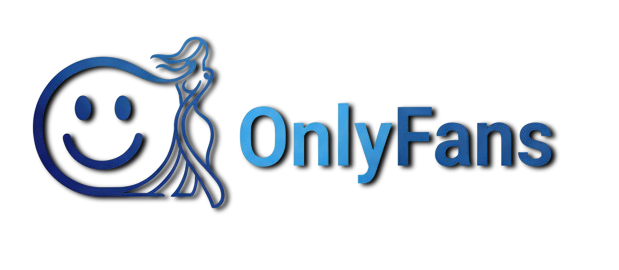The Economic Impact of Remote Patient Monitoring: Unpacking the Billions Driven by the Global Wearable Tracking Devices Market
The economic impact of the wearable tracking devices market extends far beyond the sale of the hardware itself; it is a foundational pillar supporting the multi-billion-dollar Remote Patient Monitoring (RPM) industry. By enabling continuous, non-invasive data collection outside of the hospital, wearables drastically reduce the need for expensive in-person visits and lengthy hospital stays, driving down costs for patients, payers, and providers. For instance, continuous monitoring of vital signs in post-operative patients can allow for earlier discharge while maintaining a high level of surveillance, preventing costly readmissions. Similarly, for patients managing chronic conditions like hypertension or heart failure, RPM powered by wearables allows clinicians to intervene proactively based on early warning signs, preventing acute episodes that require emergency care and significant expenditure.
This systemic cost-saving potential is why the global Wearable Tracking Devices Market is being subsidized and promoted by health insurance providers and government health bodies. The economic model is simple: a one-time investment in a wearable device and associated RPM service is vastly cheaper than managing a single acute health event. Furthermore, the data generated by these devices improves the efficiency of clinical staff. Nurses and doctors can prioritize their time based on real-time risk scores generated by the wearable data, allowing them to focus on high-risk patients who genuinely require immediate attention, rather than conducting routine check-ins with stable patients. This reallocation of clinical resources translates into significant operational savings and improved staff productivity across the entire healthcare system value chain, making a compelling financial case for widespread adoption.
Beyond direct healthcare savings, the market contributes substantially to the broader economy through productivity gains and a healthier workforce. Companies implementing large-scale corporate wellness programs that leverage wearable data often report lower sick leave rates and reduced long-term health insurance claims. The ability of employees to proactively manage stress, sleep quality, and fitness levels translates directly into a more engaged and productive working population, creating macroeconomic benefits that extend far beyond the health sector. The data collected is also invaluable for clinical research, speeding up the development of new drugs and therapies by providing vast, real-world evidence, which is another area of high economic value creation and potential return on investment for the pharmaceutical sector.
In conclusion, the economic engine driving the **Wearable Tracking Devices Market** is fundamentally rooted in efficiency, prevention, and resource optimization. The market acts as a force multiplier, enabling healthcare systems to manage a rising tide of chronic disease and an aging population with limited resources. As regulatory and reimbursement codes continue to evolve to favor RPM, the financial incentives for adopting clinical-grade wearables will only strengthen. The devices are evolving from personal health accessories into essential economic tools for managing population health and transforming the financial sustainability of healthcare globally, promising continued explosive growth across all related service and data platforms.
- Art
- Social
- Crafts
- Dance
- Drinks
- Film
- Fitness
- Food
- Jeux
- Gardening
- Health
- Domicile
- Literature
- Music
- Networking
- Autre
- Party
- Religion
- Shopping
- Sports
- Theater
- Wellness


